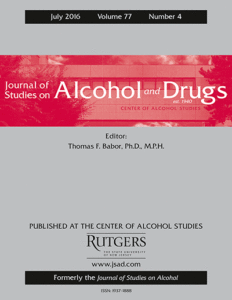
Participation in these monitoring programs is not mandatory – yet – and so not all doctors and pharmacists are on board. In fact, a recent study showed that less than 60% of pharmacists surveyed Maine used their state’s system properly. Maine is one of several states hit particularly hard in the current opioid abuse epidemic.
The study, which appeared in the Journal of Studies on Alcohol and Drugs, was led by researcher Stephanie Nichols, PharmD, BCPS BCPP, of Husson University School of Pharmacy in Bangor, Maine. In addition to the rising number of arrests and overdose deaths associated with painkiller abuse and diversion, Nichols’ team also found that nearly 40% of women in the state in their 80’s have been prescribed an opioid. Although it is common for older adults to need some type of relief for pain they are experiencing, the high percentage was alarming given the fact that opioids can slow respiratory function and increase risk of accidental overdose among that population.
Although there is lack of specific data for every state, much of this information applies to the nation as a whole. More doctors and pharmacists need to be using the prescription drug monitoring programs. Some opponents have voiced concern over patient privacy laws or are simply not willing to take the extra steps. We believe that the overall safety of patients and communities should take precedence over either of those reasons, especially given the tragic condition of overdose rates in the country.
If you have a loved one in need of help for an addiction to opiates or any other drugs, contact us today to find out more about effective intervention services and treatment programs.









 All Rights Reserved |
All Rights Reserved |